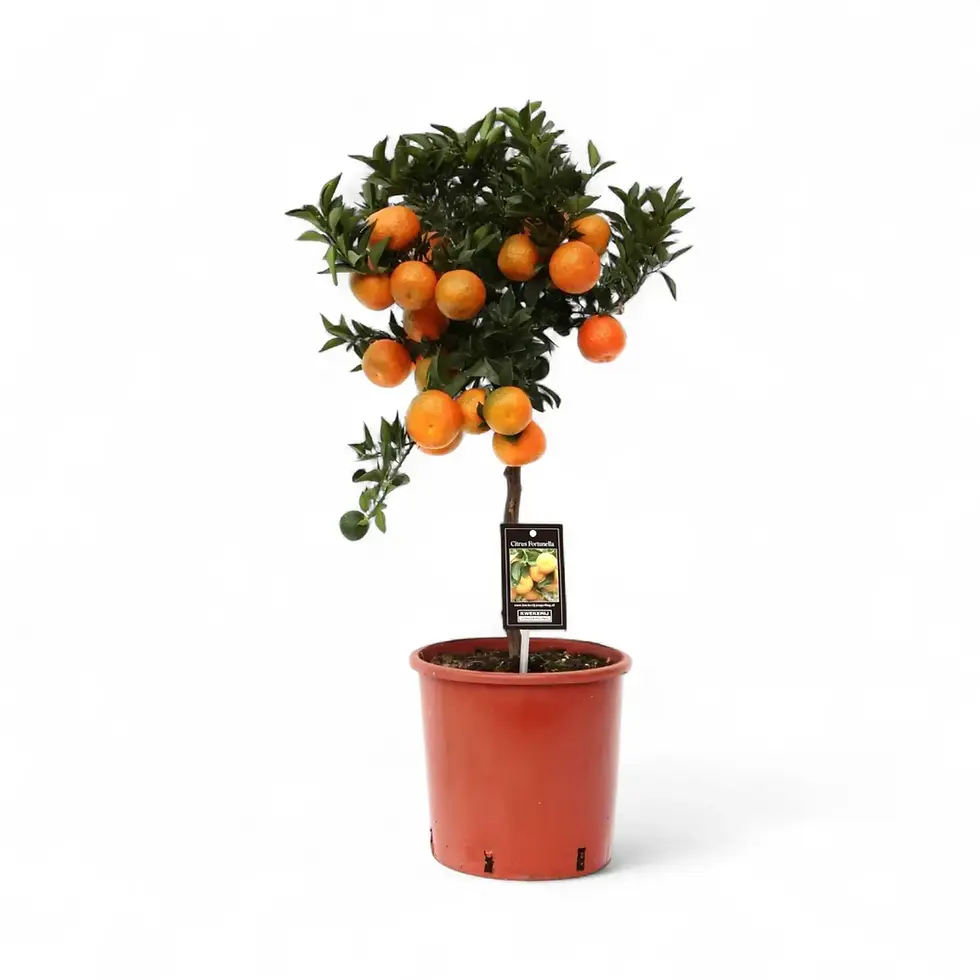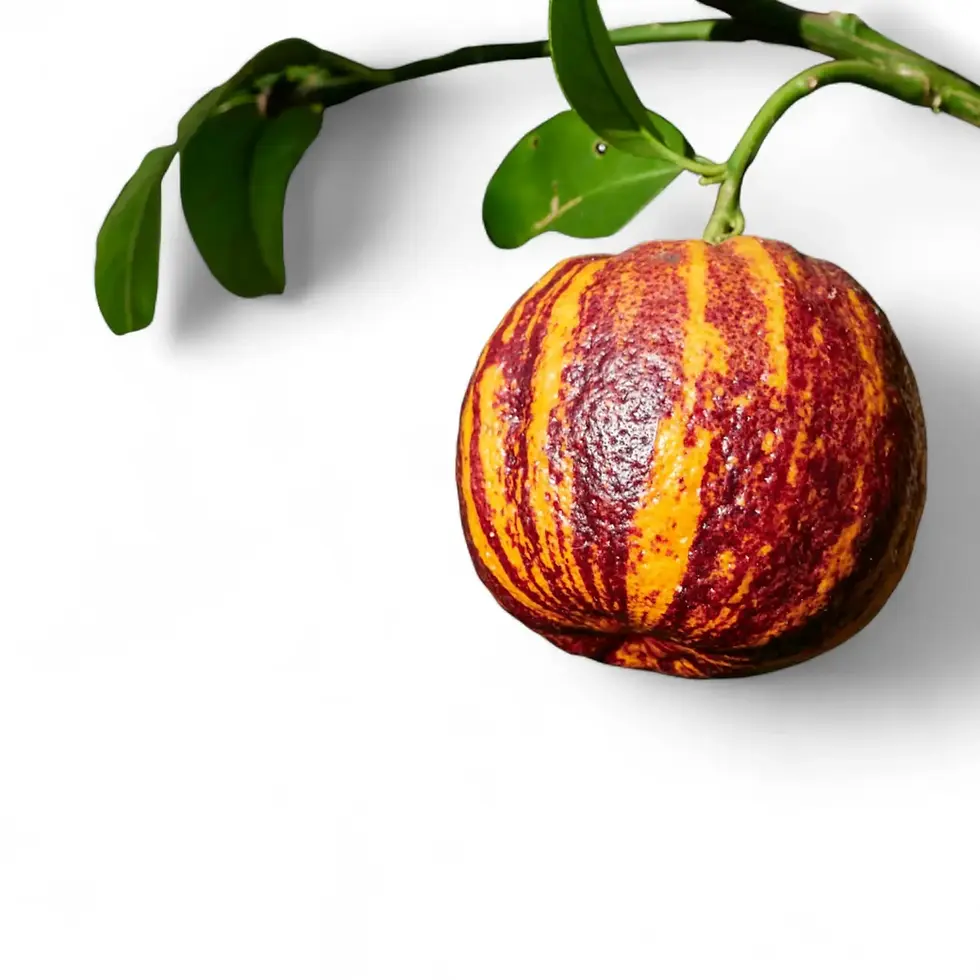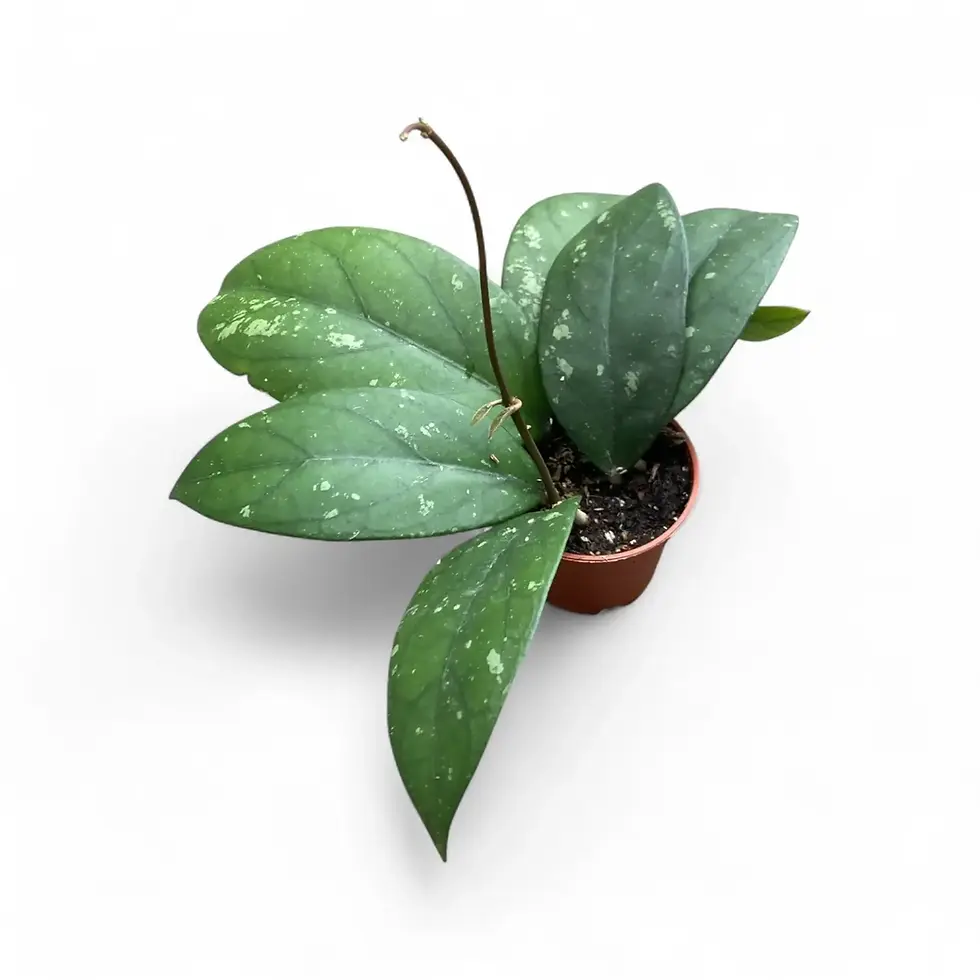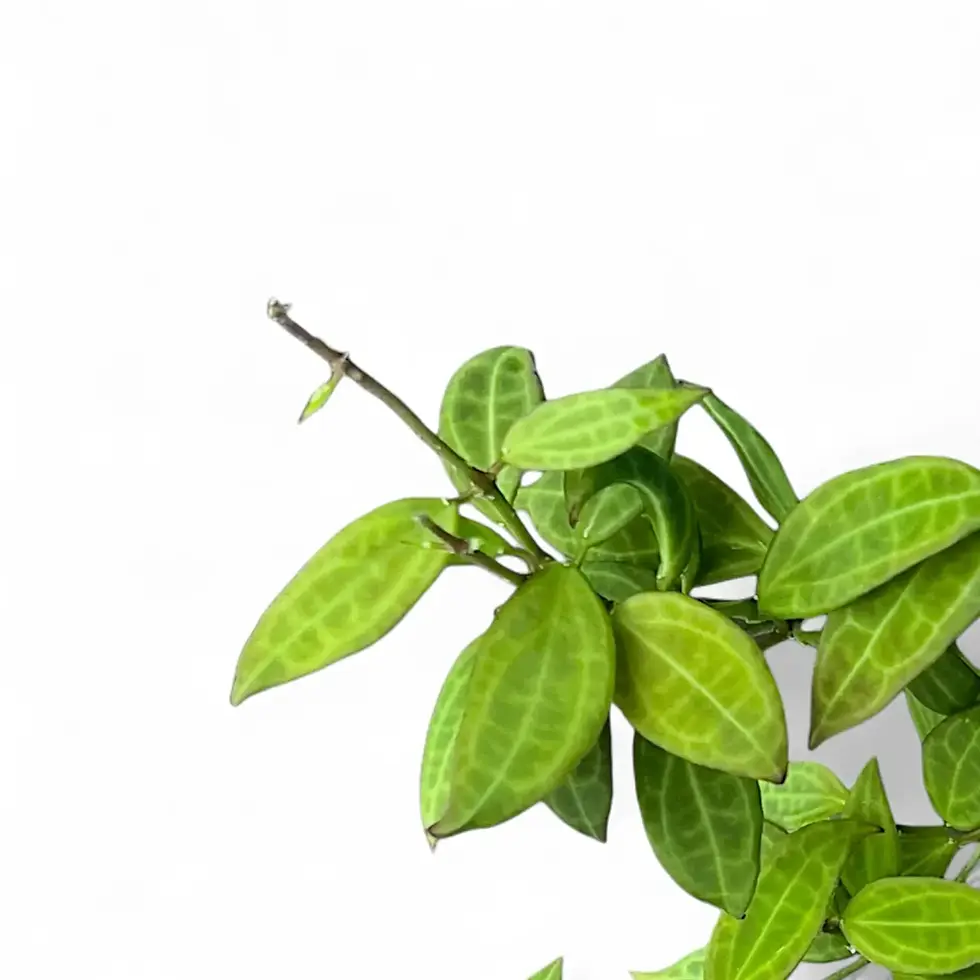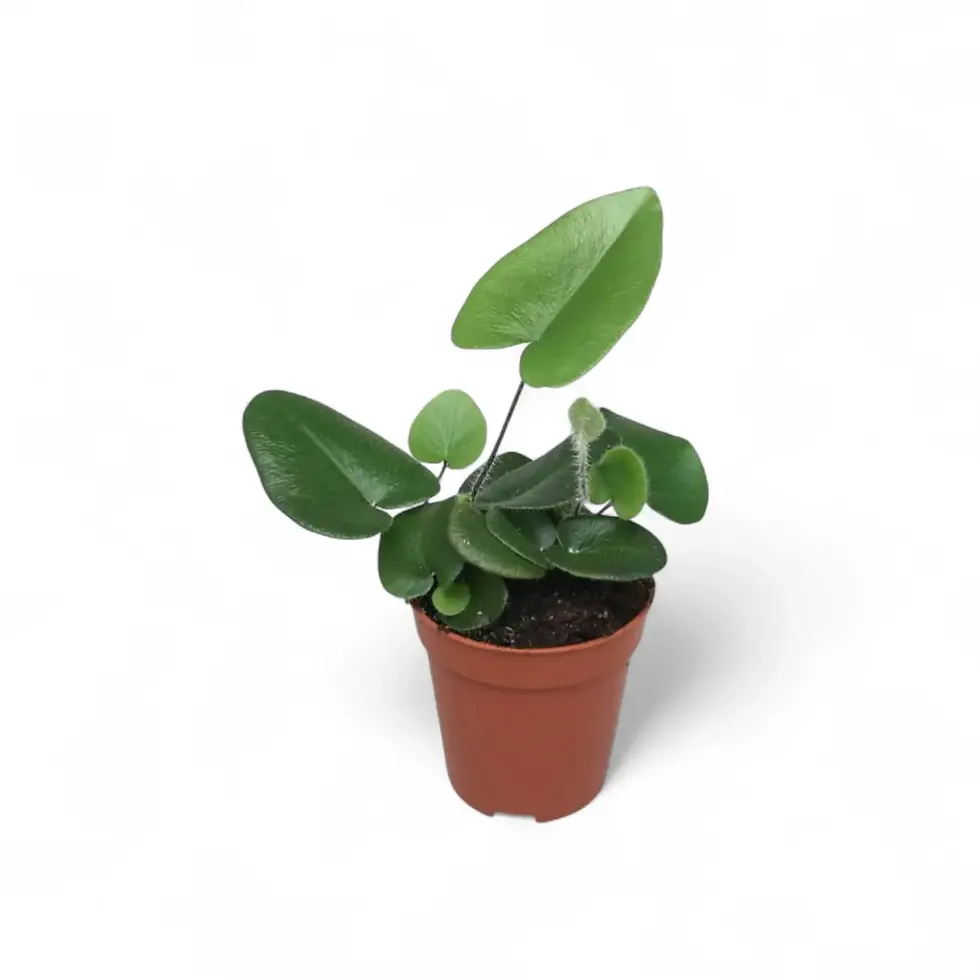Echinocactus platyacanthus Link and Otto is a slowly growing barrel cactus known under popular name visnaga, it is usually solitary and grows huge in habitat. It could live more than a hundred years and is easily recognized because of its massive size, by far the largest of all barrel cacti. The stem is grey-blue somewhat tuberculate and nice when small, whilst large plants are heavily ribbed with numerous areoles forming a continuous line. They are day-flowering plants with vivid yellow flowers produced in spring and summer-autumn.
he juvenile Echinocactus look very different from the mature specimens. In fact like the other Echinocactus and Ferocactus seedlings, the rib structure is not yet apparent, and they have pronounced tubercles. Older specimens take on an oblong shape with age and can dominate a landscape because of their large size and impressive bulk. They also tend to lean to the south or southwest so that the spines can better protect the body of the plant from the harsh desert sun. In fact, desert travellers can use the plant as a compass.
Etymology -Derives from the Greek word Echinos meaning "porcupine" or "hedgehog", "sea urchin" referring to the spines that cover the plant and the Latin word cereus meaning "large wax candle" (the name of a columnar cactus Genus) The genus name implies: "spiny cereus".
Echinocactus platyacanthus
Echinocactus platyacanthus is approximately 25 cm tall and comes in a ⌀ 19 cm pot.






